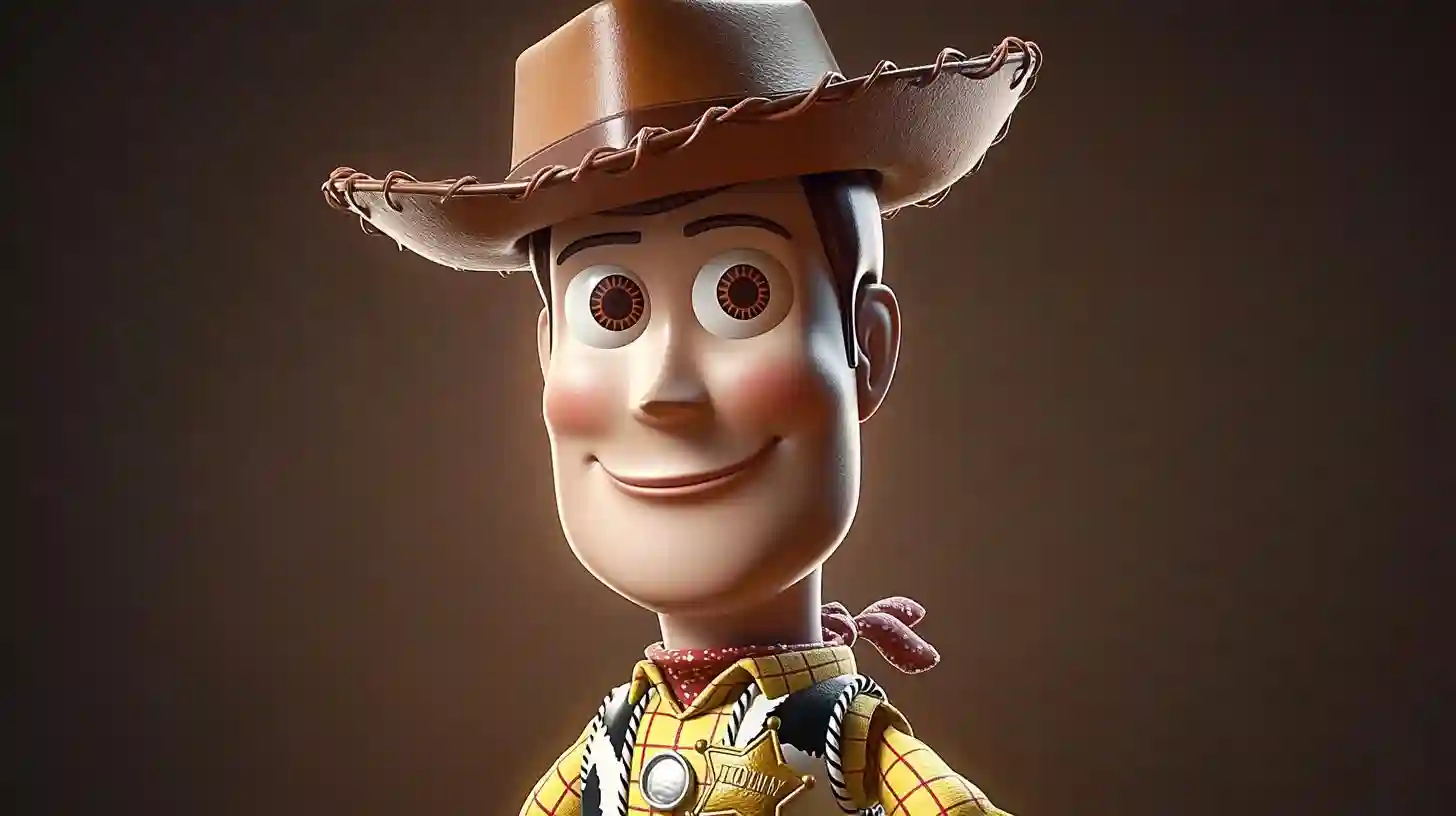
The characters in Toy Story, a groundbreaking animated film by Pixar, serve as more than just figures to entertain children; they embody a complex range of symbolic meanings that resonate deeply with audiences of all ages. Throughout the series, toys come to life and reflect themes of friendship, loyalty, identity, and the inevitable passage of time. Each character leaves a distinct impact on the narrative and symbolizes different aspects of the human experience.
Woody, the loyal cowboy doll and the film's primary protagonist, represents the archetype of a devoted friend. His unwavering loyalty to Andy, the boy who owns him, serves as a poignant reminder of the importance of companionship. Woody’s struggle with feelings of jealousy and insecurities, particularly in relation to Buzz Lightyear, highlights the complexities of friendship and the fear of being replaced. This dynamic explores the broader themes of acceptance and identity as Woody comes to terms with the shifting landscape of his relationship with Andy, and ultimately learns that love and loyalty can coexist with change.
Buzz Lightyear, the space ranger action figure, symbolizes the clash between reality and perception. Initially, he embodies the naïveté of believing he is a real space hero, representing the aspirations and dreams that often accompany childhood. Buzz's journey throughout the series reflects a coming-of-age experience as he learns to accept his identity as a toy. His character bridges the world of imagination and the binding realities of being a toy owned by a child, illustrating how personal growth often hinges on self-awareness.
The contrast between Woody and Buzz also captures the tension between tradition and modernity. Woody, as a classic cowboy toy, embodies the nostalgic values associated with childhood while Buzz signifies the contemporary toys that represent rapid technological advancement and changing modes of play. This duality speaks to the universal struggle between embracing the comforts of the familiar while navigating an ever-evolving world. Their relationship evolves from rivalry to camaraderie, signifying growth and adaptation in friendships, especially when confronted with challenges.
Another pivotal character is Jessie, the spirited cowgirl who introduces themes of abandonment and belonging. Her backstory reveals the emotional scars of being forgotten by a child, offering a glimpse into the fears many toys—representative of human emotions—face throughout their lifetimes. Jessie’s introduction highlights not only the frailty of childhood attachments but also the resilience found in friendships. Her vibrant personality and laughter embody the spirit of camaraderie and the strength that stems from shared experiences, reminding viewers of the importance of connection in overcoming past traumas.
Other side characters, like Mr. Potato Head and Rex, contribute to the layered symbolism present in Toy Story. Mr. Potato Head’s ability to change his appearance at will demonstrates the fluidity of identity and the various roles individuals play in life. This character’s sense of humor also serves as a comic relief mechanism, lightening the weight of the serious themes explored in the narrative. Rex, the anxiety-riddled dinosaur, represents the fears and insecurities many experience, particularly the fear of inadequacy. His character journey parallels Woody’s and Buzz’s, emphasizing that it’s okay to express vulnerability in the face of challenges.
The emotional core of Toy Story can be tied to the overarching theme of growing up and the corresponding nostalgia that accompanies it. Each character embodies a different facet of this experience. The toys' ultimate journey reflects the relationship between childhood innocence and the challenges of adulthood. By revealing the emotional depth of toys as they navigate their existence dependent on a child’s affection, the narrative underscores the ephemeral nature of childhood and the bittersweet reality of inevitable change.
Furthermore, the concept of toys as symbols of memory adds another layer to the intricate tapestry of the story. Each toy carries with it the memories of the moments shared with its owner, embodying past experiences and encounters that shape identity. This interaction between memory and possession brings forth philosophical questions about what it means to belong and be loved. The poignant moments where Andy plays with his toys, or ultimately lets them go, reflect the universal journey of growth, transition, and the beauty of holding onto memories while moving forward into new stages of life.
Exploring the characters in Toy Story reveals a rich canvas of symbolic meanings, where each toy serves as a reflection of human emotions and experiences. Woody, Buzz, Jessie, and the others traverse a landscape filled with themes of friendship, fear, change, and identity, resonating profoundly with audiences. The film invites viewers to reflect on their own childhoods, the significance of relationships, and the memories that shape who they are, all while celebrating the magical journey of growing up. The profound emotional resonance of the characters ensures that Toy Story remains an enduring classic, illuminating the complexities of love and loyalty under the surface of a seemingly simple story.